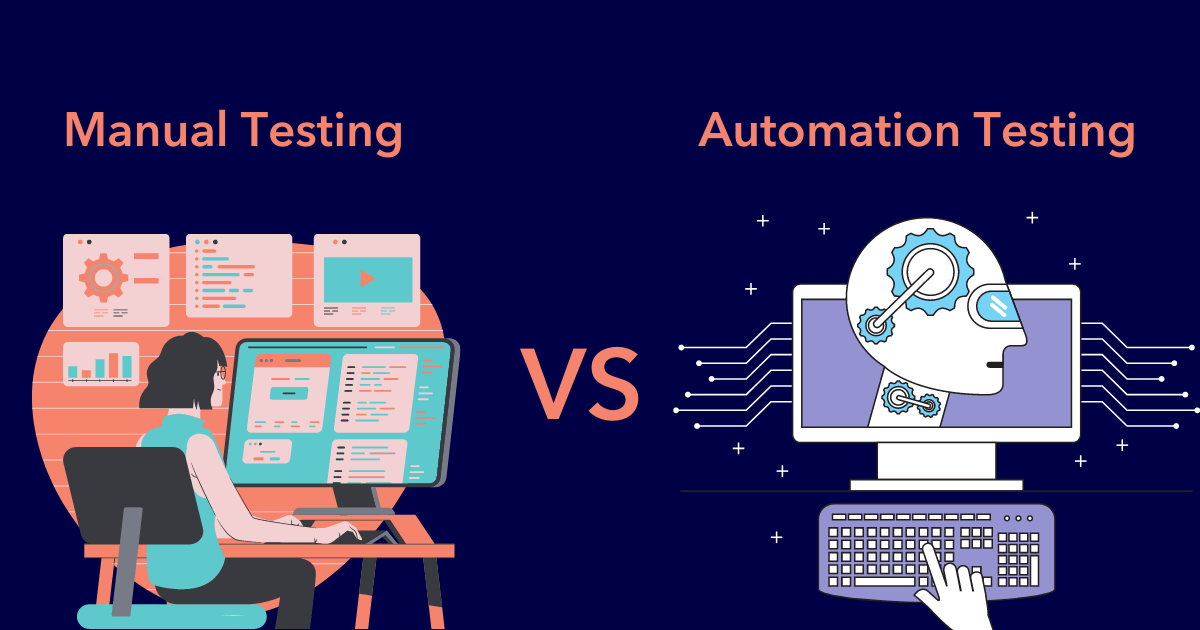Navigating Architectural Choices: Flux or Mono?
In the realm of contemporary application development, the choice of architecture holds paramount significance. Two prominent architectural patterns, Flux and Mono, have emerged as compelling solutions. These patterns address the intricacies of crafting applications that are both adaptable and efficient. In this article, we embark on an in-depth exploration of Flux and Mono, comparing their attributes, advantages, and applicability.
Decoding Flux and Mono
Flux Architecture
Flux, a brainchild of Facebook, is a design pattern tailored to govern data flow within frontend applications. Born from the need to manage intricate states in frameworks like React, Flux introduces a unidirectional data flow. Here, actions capture data changes, which are then processed by stores before manifesting in view components.
Mono Architecture
Mono, short for “Monolithic,” epitomizes an architectural approach where an entire application coalesces into a unified codebase. This approach once reigned supreme in simpler software scenarios. The beauty of Mono lies in its all-encompassing nature, where frontend, backend, and databases intermingle within a singular deployment entity.
http://informationarray.com/2023/08/19/battle-of-the-ides-vs-code-vs-jupyter-notebook/
Head-to-Head: Flux vs. Mono
Let’s embark on a comparative journey, scrutinizing Flux and Mono across various dimensions:
| Aspect | Flux | Mono |
|---|---|---|
| Data Flow | Unidirectional | N/A (Dependent on internal structure) |
| Scalability | Ideal for intricate frontend state management | Limited due to monolithic construct |
| Maintenance | Simplified upkeep due to structured design | Complexity may escalate in sizable codebases |
| Deployment | Synergy with component-based libraries | Encompasses deployment of the entire monolith |
| Flexibility | Component selection flexibility | Constrained by tightly integrated structure |
| Separation of Concerns | Emphasis on distinct concerns | Prone to tangled code without careful curation |
| Performance | Controlled data flow for efficient updates | Susceptible to performance bottlenecks |
| Technology Stack | Often paired with React and similar tools | Accommodates varied technology combinations |
Use Cases
- Flux: Tailored for applications necessitating sophisticated frontend state management, Flux shines in scenarios involving dynamic data updates and intricate UI interactions. Its synergy with component-based libraries, such as React, simplifies state management challenges.
- Mono: An apt selection for smaller projects or uncomplicated requirements. Mono’s charm is evident when facing less complexity that doesn’t warrant the intricacies of microservices or distributed systems. However, scaling challenges may arise in extensive deployments.
Picking the Right Path
Your selection between Flux and Mono hinges on your application’s requirements and scope. For intricate frontend states demanding efficiency, Flux might be your ally. Conversely, for smaller ventures devoid of mammoth scalability needs, a Mono architecture could streamline development and deployment.
Embracing a hybrid approach is another avenue worth exploring. A concoction of Flux’s frontend state management within a Mono architecture can potentially harness the strengths of both paradigms.
The Flux vs. Mono conundrum rests upon your application’s scale and nature. Flux provides an organized route for managing frontend state complexity, while Mono offers simplicity for less intricate projects. Apprehending the dynamics of both architectures is key to a judicious decision that aligns with your development aspirations.









